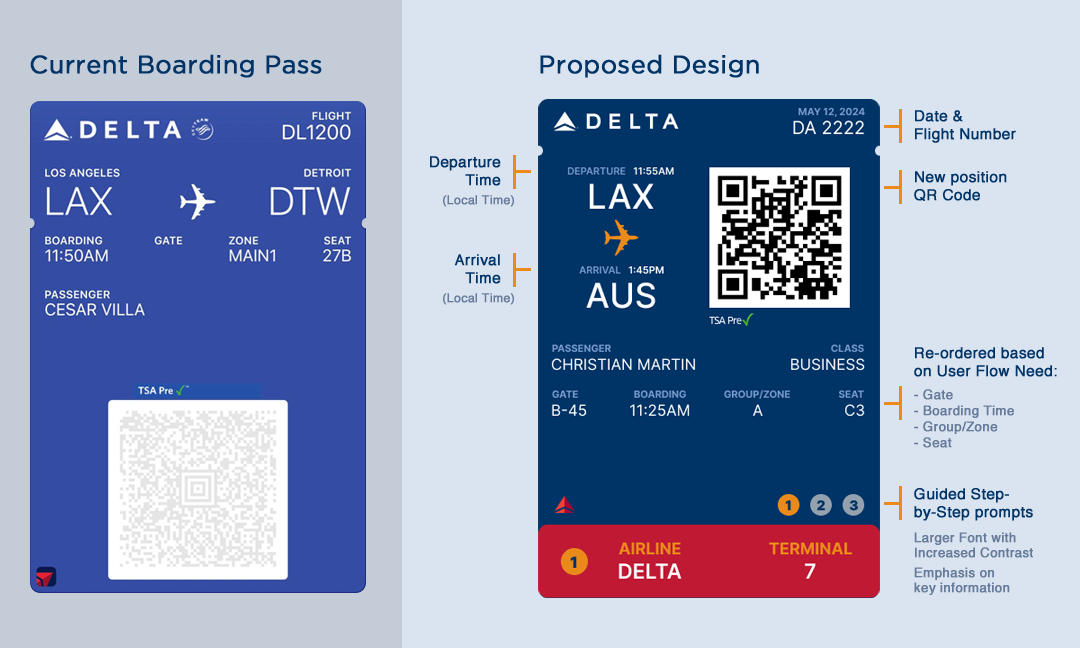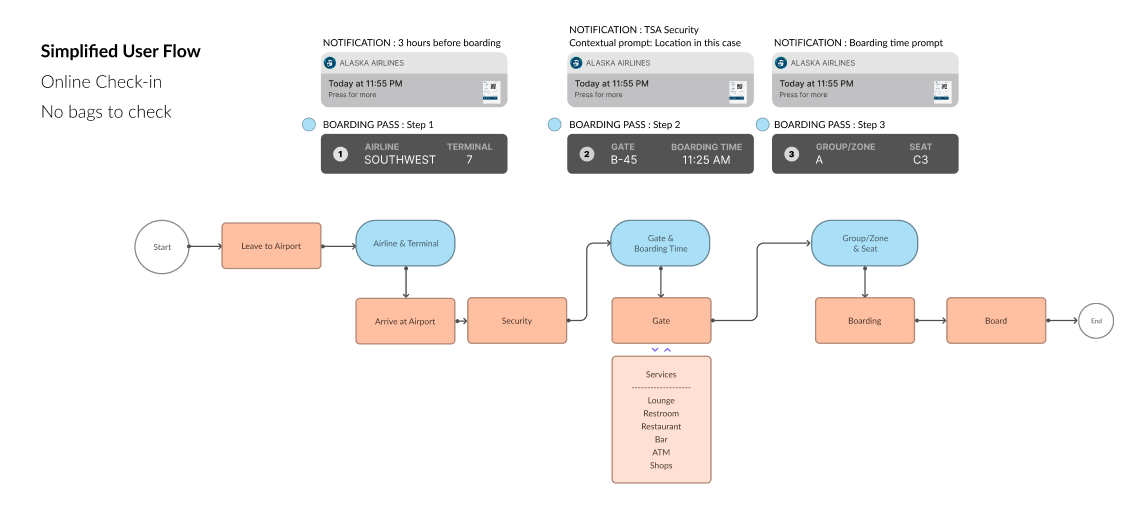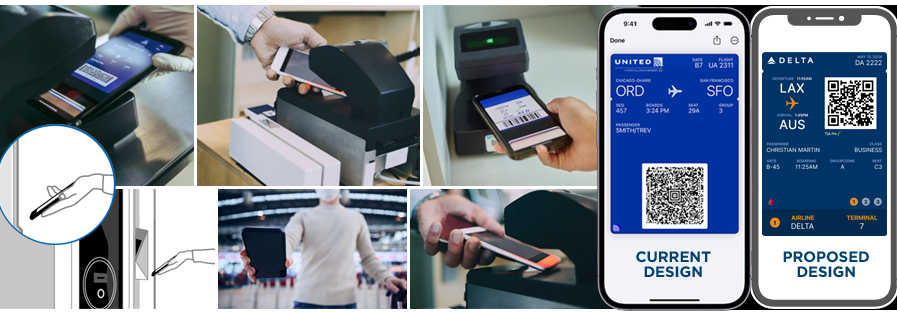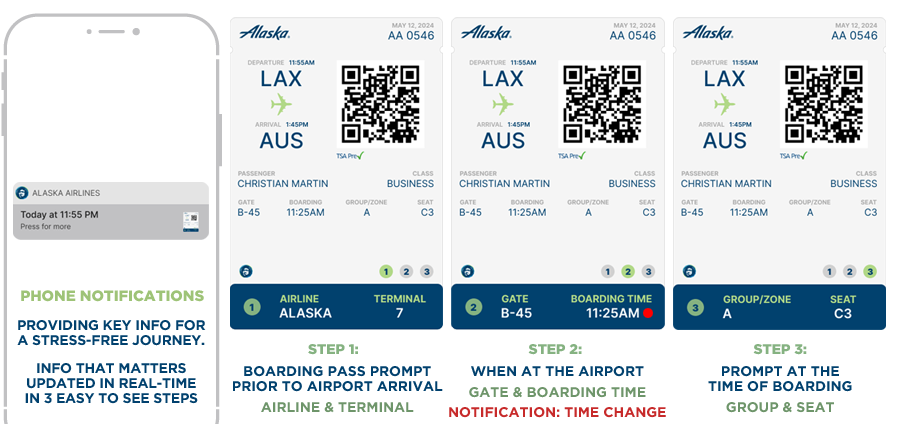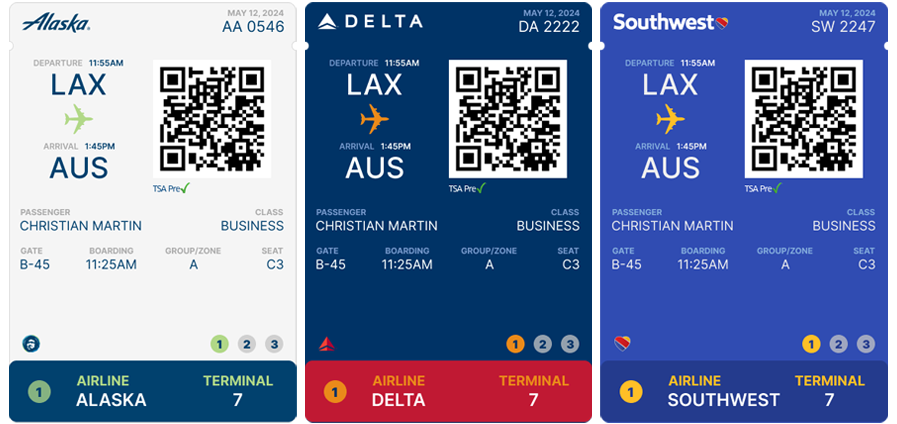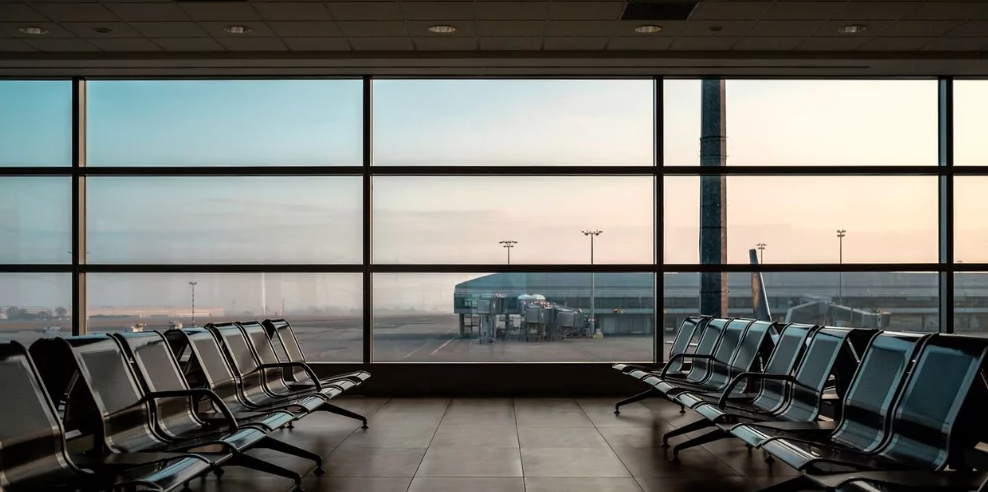
Revolutionizing
the Boarding Pass Experience
Project: Boarding Pass Redesign
Role: UX Designer / UI Design / UX Research
Who I worked with: As the sole creator and visionary behind this project, I assumed all responsibilities from research to conceptualization and design execution.
Background:
During my travels last year, I noticed significant flaws in the airport experience, especially concerning digital boarding passes. While I often brainstorm solutions for everyday challenges, this time, I decided to turn my ideas into a personal project. I wanted to create a meaningful redesign focused on user satisfaction. While just one element, a well-designed boarding pass can contribute to a less stressful airport experience.
Approaching the task as a real-world project, I delved into understanding the constraints and guidelines, visiting the Apple Developer site and studying airline branding guidelines. While I allowed for some design freedom, I remained grounded in practicality. Researching pain points and obtaining insights from both passengers and airport staff, I ensured that my redesign catered to the needs of all stakeholders.
The Problem:
The existing boarding pass design, despite seeming adequate at first glance, revealed significant issues upon closer inspection. Through personal observations and comprehensive user research, I identified readability issues, accessibility challenges, and difficulties with mobile scanning. These issues not only frustrated passengers but also posed problems for airport staff. To address these pain points effectively, I conducted surveys targeting both passengers and airport personnel, informing my redesign approach and ensuring it met the needs of all involved parties.
Sketches: UX flow and UI placement. Understanding QR Code/boarding pass scanning.
Getting Down to Work:
Research findings pinpointed critical pain points: font size, contrast, information hierarchy, QR code functionality, and update notifications. Recognizing the paramount importance of information hierarchy to travelers, I focused on streamlining the design to prioritize essential details. Developing a user flow helped clarify the order of importance for each field, highlighting the universal need for consistency in information presentation across airlines.
Sketches: Guided journey
Guided journey user flow : Step-by-Step prompts
Solution:
The solution required strategic thinking. I relocated the QR code to the top of the boarding pass, addressing issues observed during field observation. By enhancing readability, contrast, and contextual information presentation through step-by-step guided flows and larger, branded fonts, I ensured passengers could access crucial details effortlessly. My redesign aimed not only to alleviate stress but also to guide travelers seamlessly through their airport journey, reflecting iterative design iterations and a commitment to improving readability, accessibility, and usability.
illustrations depicting hand positions during the boarding pass scanning process.
Step-by-Step guided flow description
Hi-Fi mock-ups for Alaska, Delta, and Southwest Airlines
Impact:
The redesigned boarding pass emphasizes readability, accessibility, and usability. Through iterations and layout exploration, the design fosters a more intuitive and user-friendly experience. Additionally, a conceptual dynamic workflow guides passengers seamlessly through their journey.
This project demonstrates the power of user-centered design in creating impactful solutions that address real-world problems and contribute to a smoother travel experience.
Conclusion:
The creation of digital boarding passes is a delicate balance between aesthetics and functionality, aimed at ensuring passengers embark on their journeys with comfort and confidence. Through meticulous design, localization, and attention to detail, we strive to provide passengers with a seamless and intuitive boarding experience.
This project serves as a testament to the power of design thinking and creative problem-solving in addressing real-world challenges. While initially a personal endeavor, the insights gained and design solutions proposed lay the groundwork for future innovations in boarding pass design. By embracing ongoing experimentation and maintaining a commitment to user-centric design principles, I am dedicated to pushing boundaries and delivering meaningful and impactful experiences for users across various contexts.
